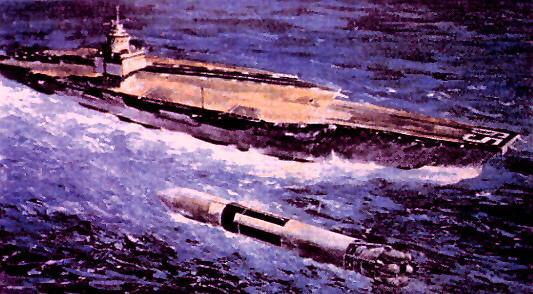http://timesofindia.indiatimes.com/Bang ... 592628.cms
Kalam: India set to step into Earth-Moon-Mars complex
14 Oct 2008, 0610 hrs IST,TNN
BANGALORE: Former President and scientist Dr A P J Abdul Kalam, who has been in the forefront of India's scientific and defence endeavours for over 40 years, is a man with a mission and vision. He would like India to be a superpower by 2020, for which the country has to undertake mega missions. The Moon mission is one such. India is set for its date with history on October 22, when the PSLV blasts off from Sriharikota to launch Chandrayaan-1 spacecraft to the Moon. The Times of India, which is carrying a countdown to India's first Moon mission, contacted Dr Kalam for his message.
What is the most important value of India's Moon mission?
I visualize an Earth-Moon-Mars complex to become an economic entity of strategic importance to many nations. In this situation, India's Moon mission will give a boost to space research. Young scientists will look towards studying the physical geological structure, mineral potential and availability of helium-3 in large quantities on the lunar surface.
What signal does India's Moon mission send to the world?
India has the capability to build any type of launch vehicle , any type of spacecraft and launch it not only in Earth's orbit, but also in the lunar orbit. It will give a signal that India is ready to become a partner in international space missions. This will also enable the evolution of the Earth-Moon-Mars complex, leading to inter-planetary economic activity and evolution of an alternative habitat.
What does the Moon mission mean to the scientific community and students at large in India?
Already, the young in India are aspiring to become astronauts. The scientific community and students will find many research challenges in material science, exploration, transportation and low-cost production of energy.
